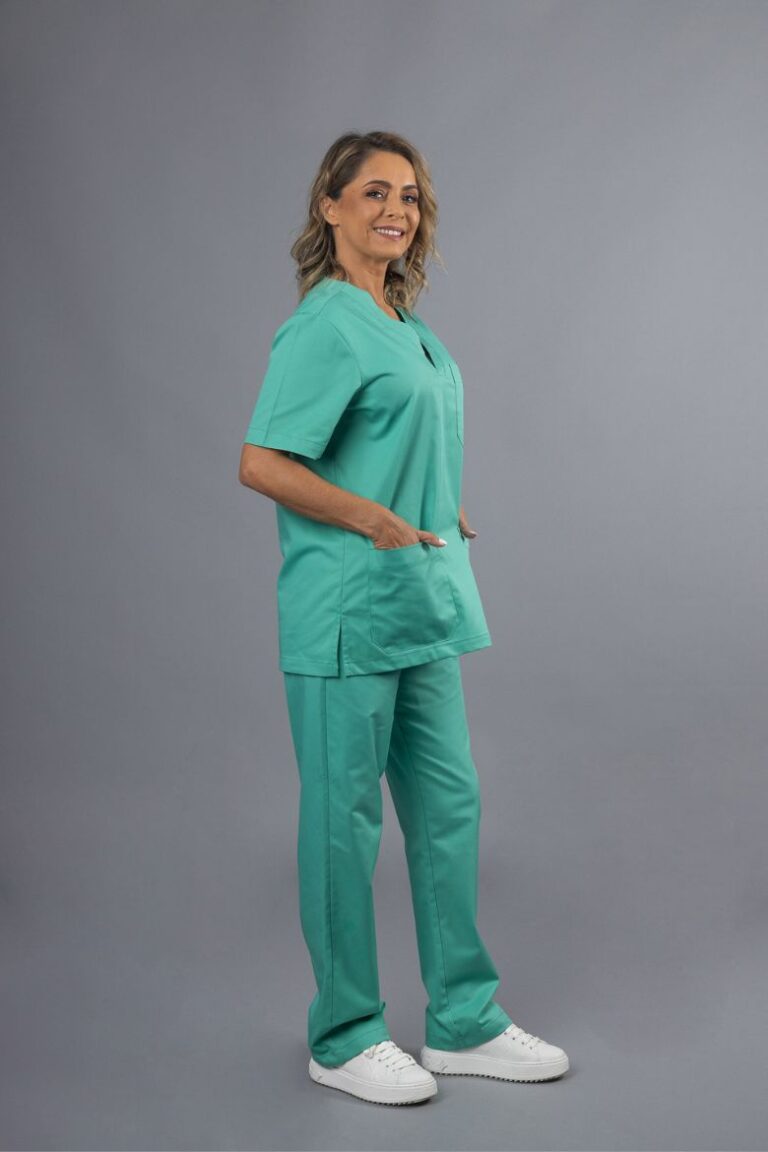
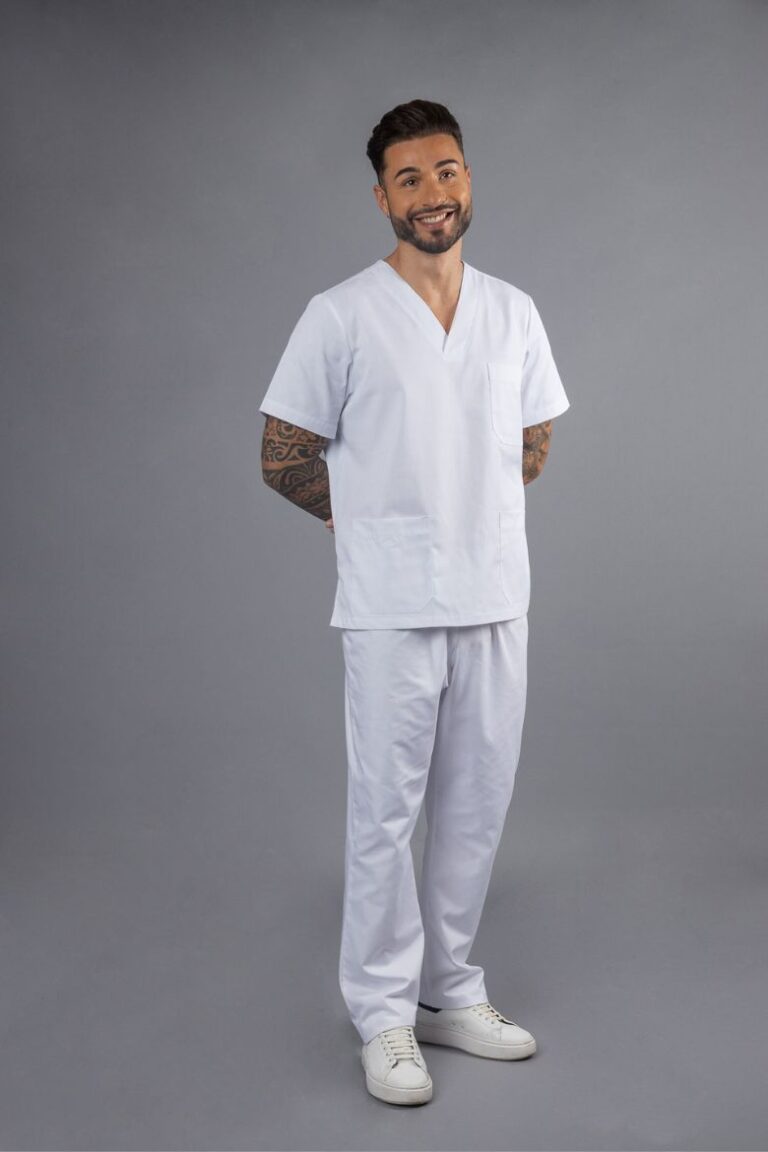
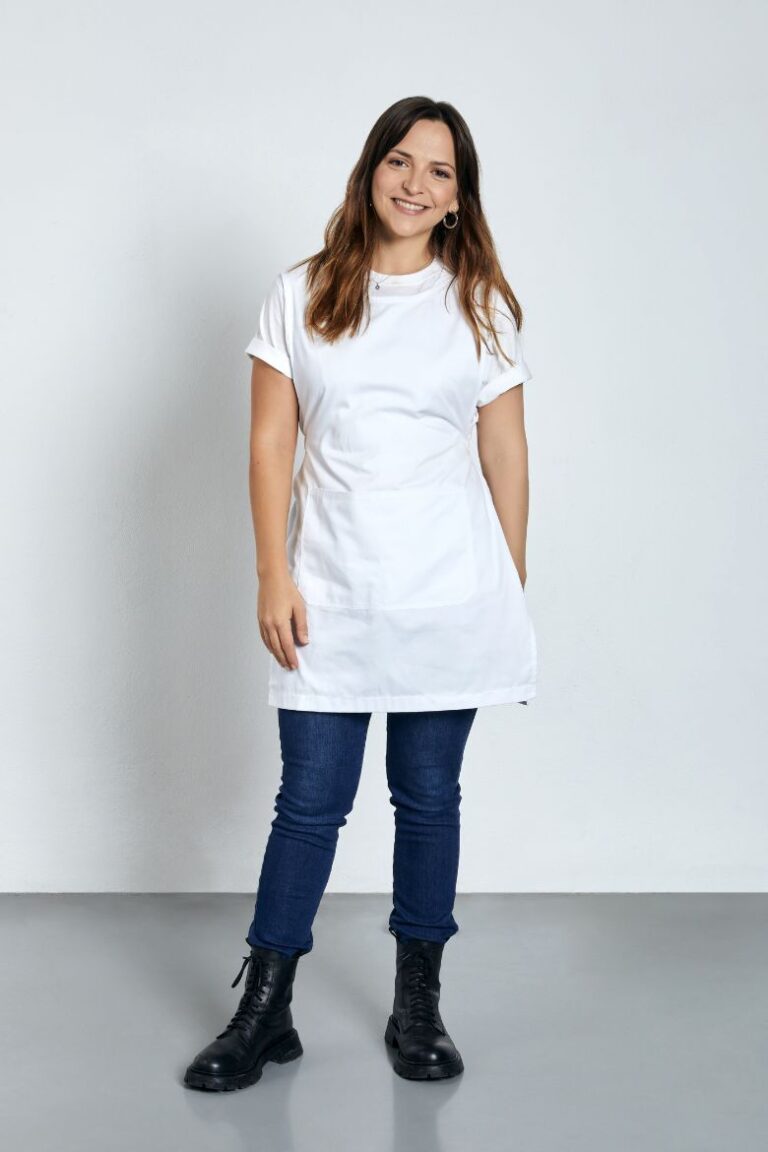
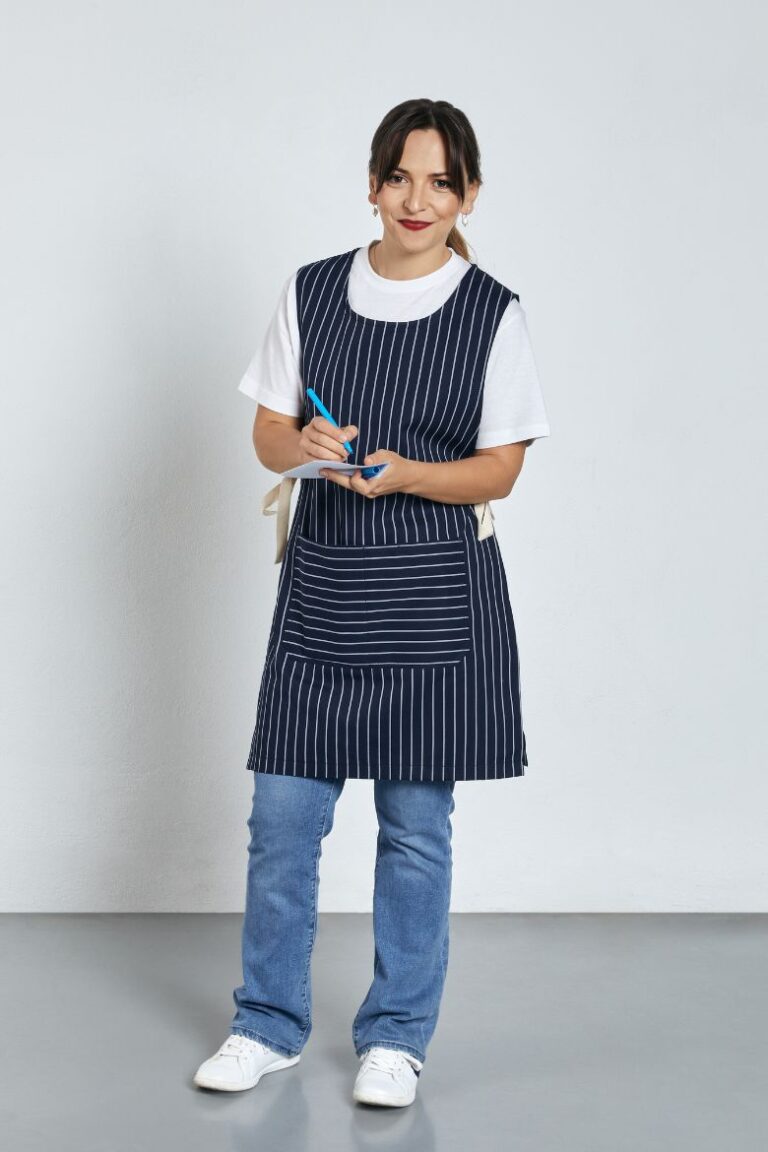
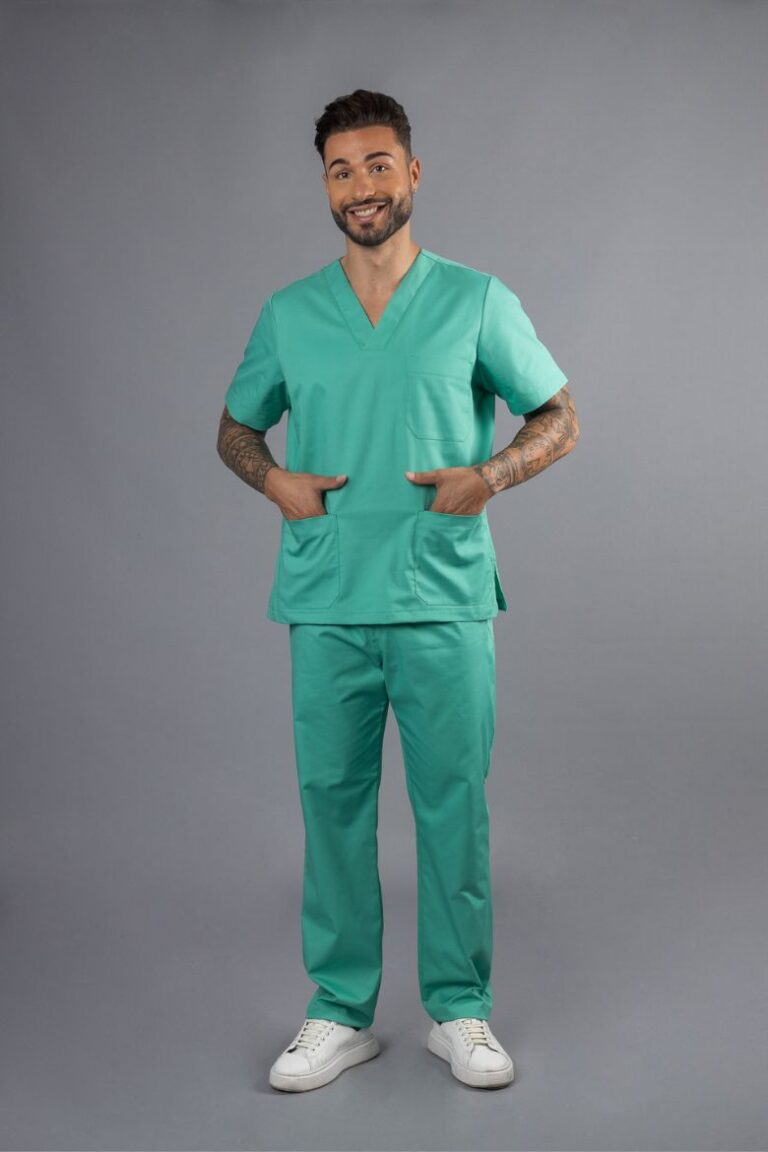
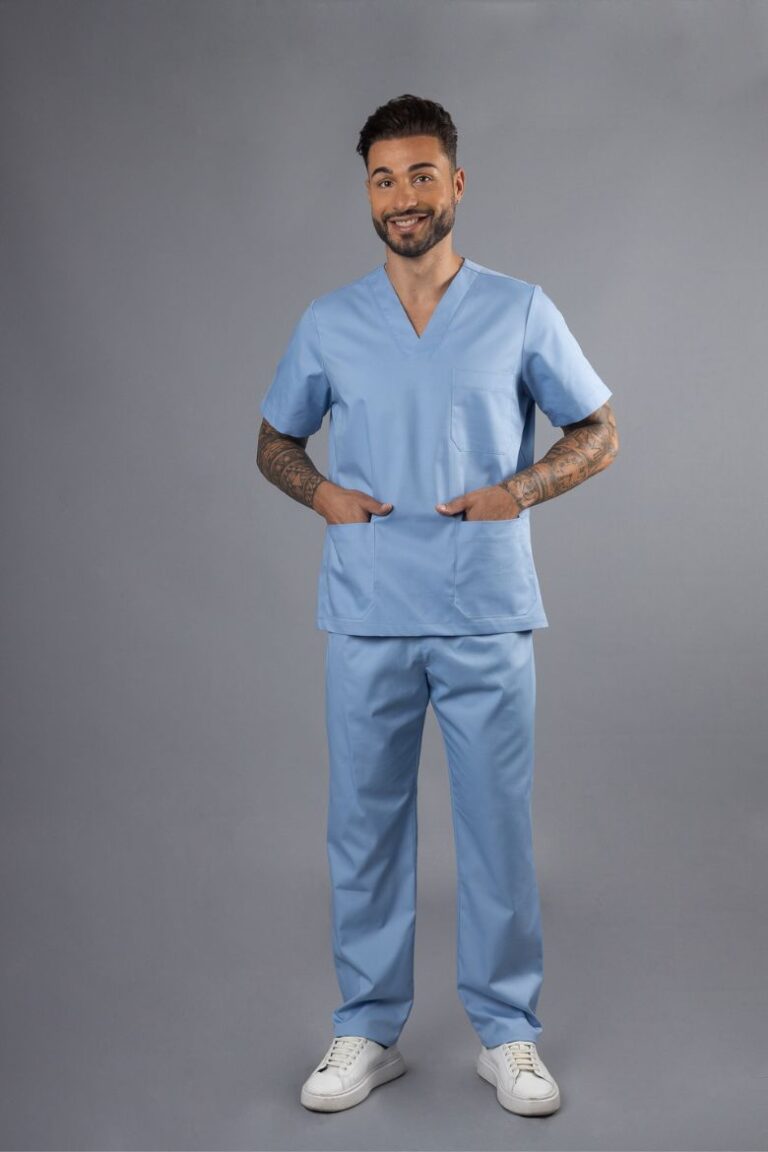
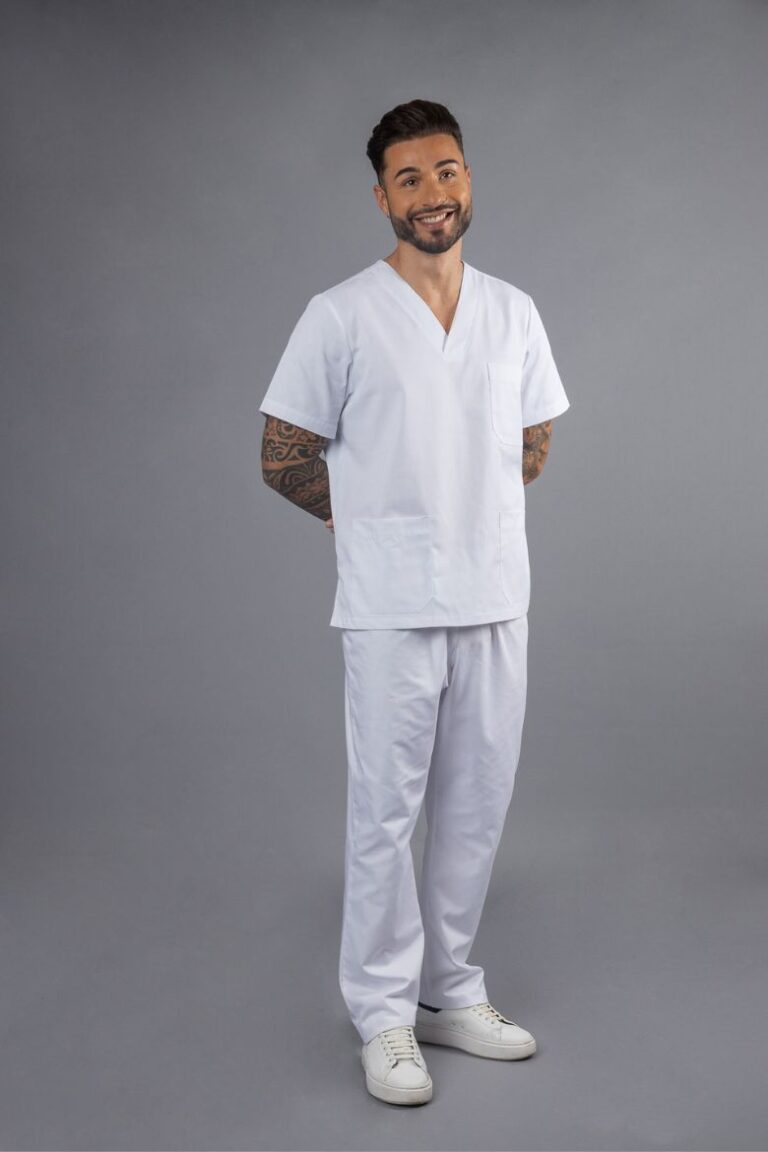
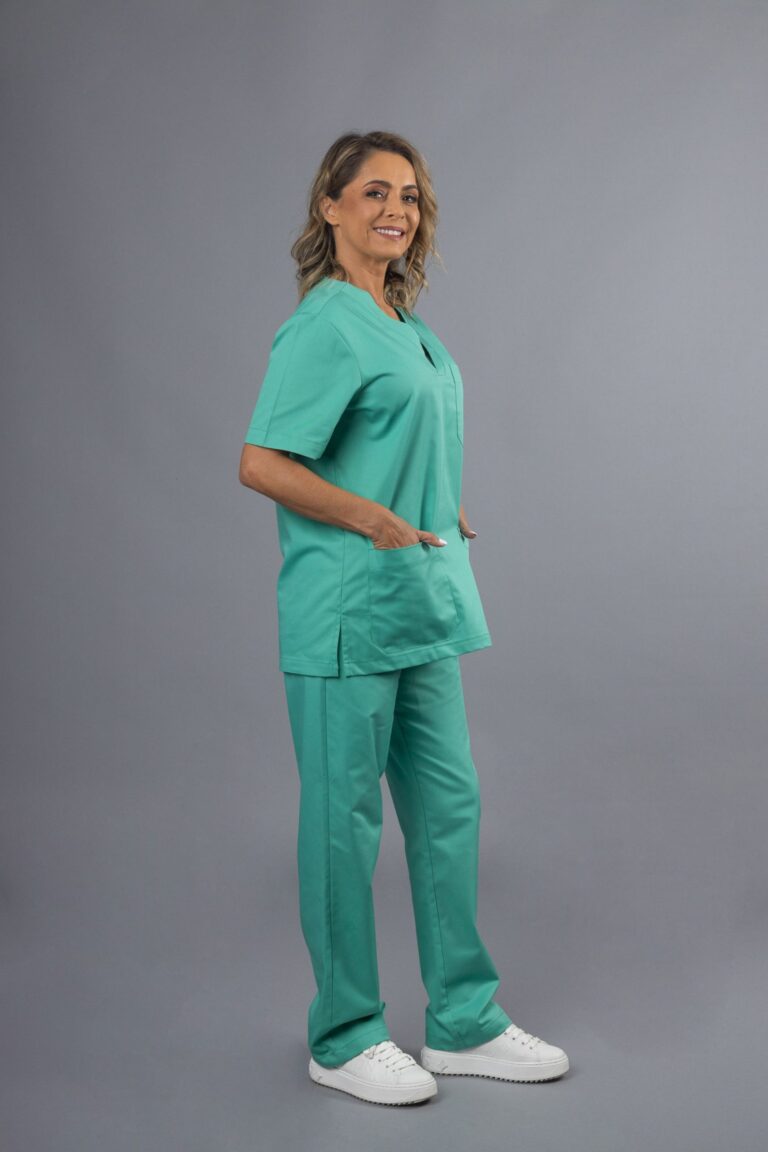
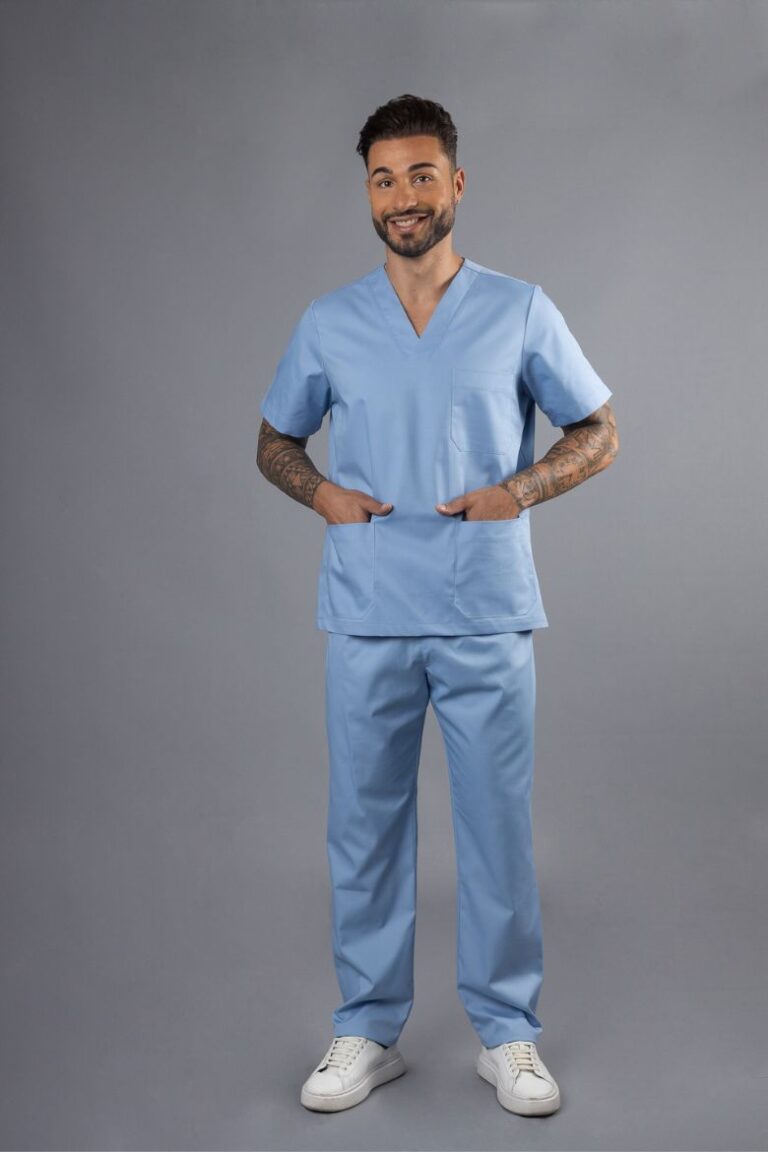
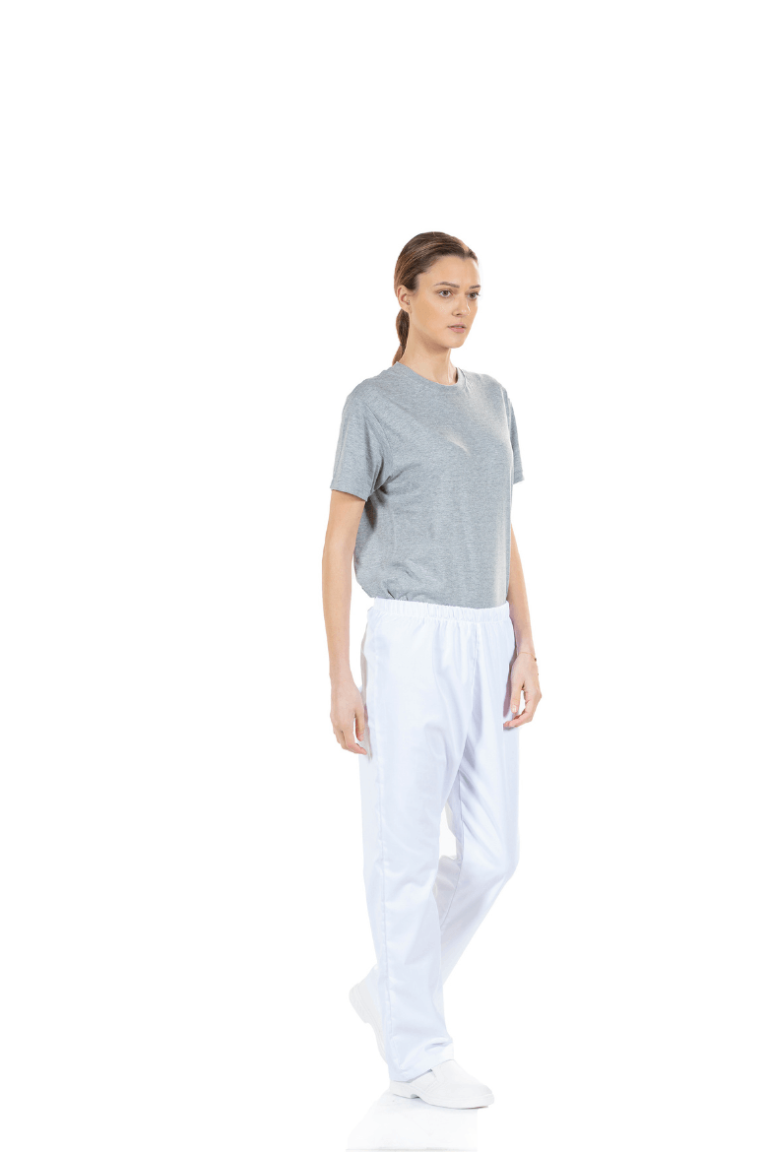
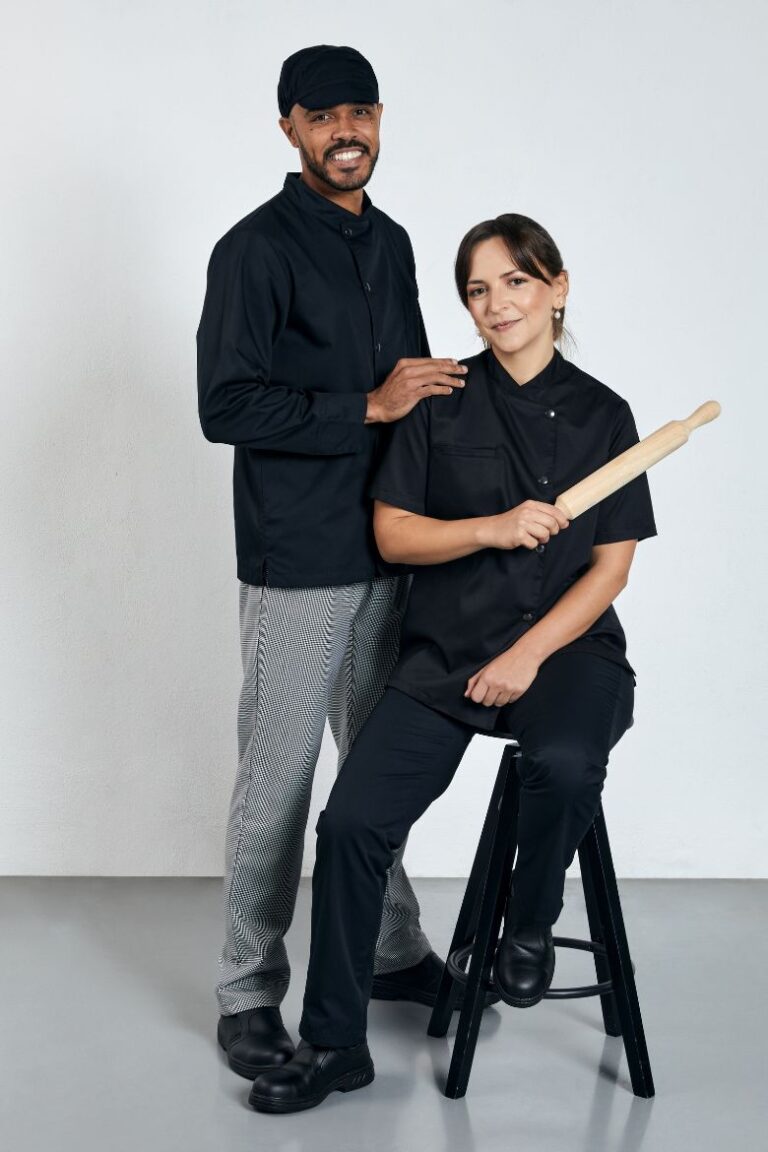
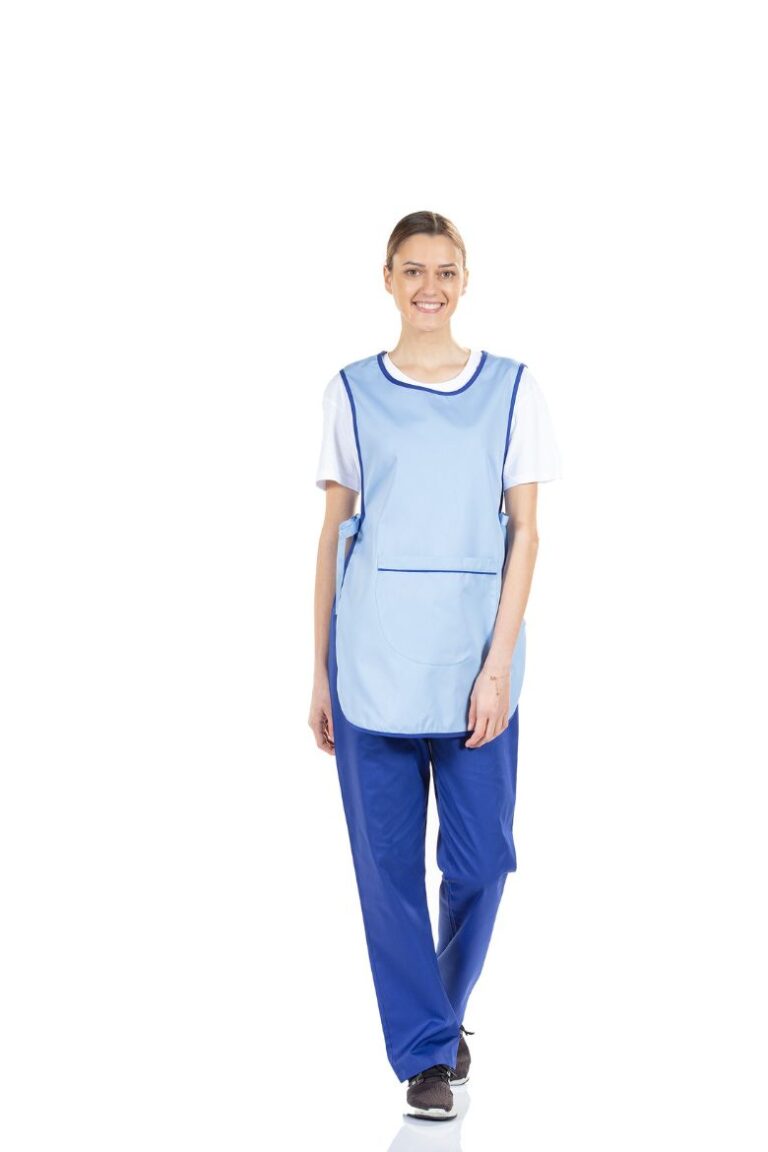
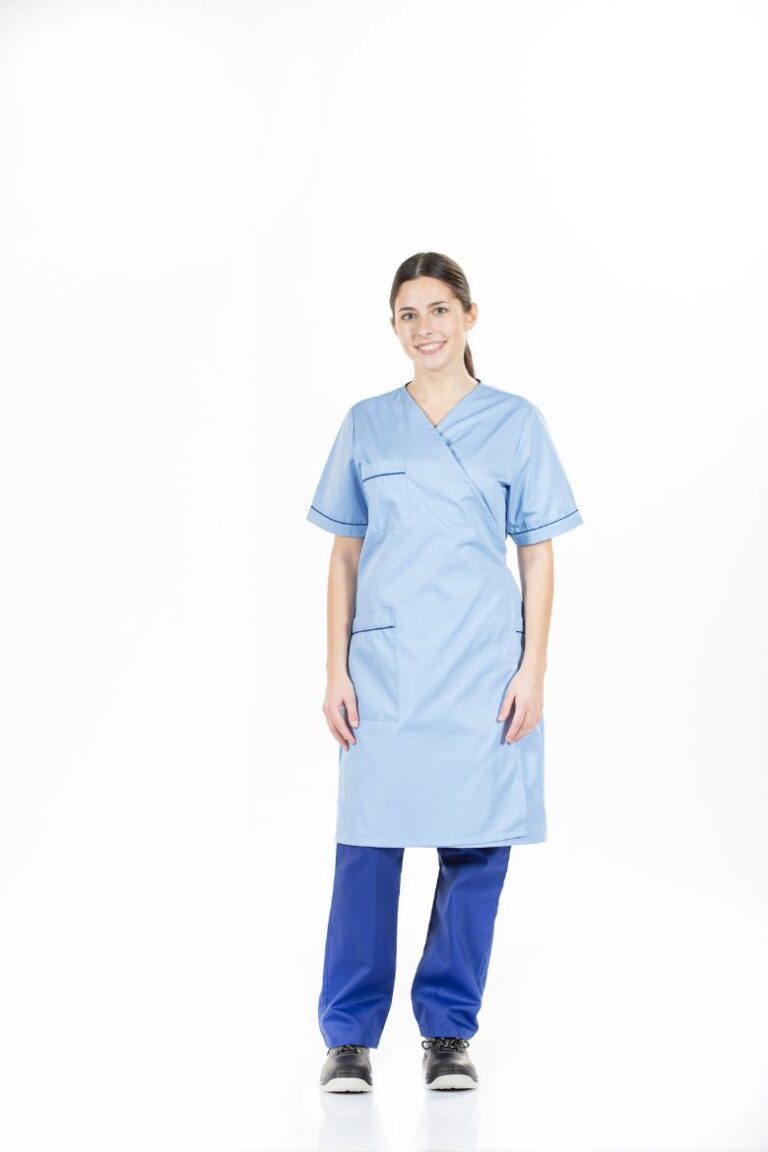
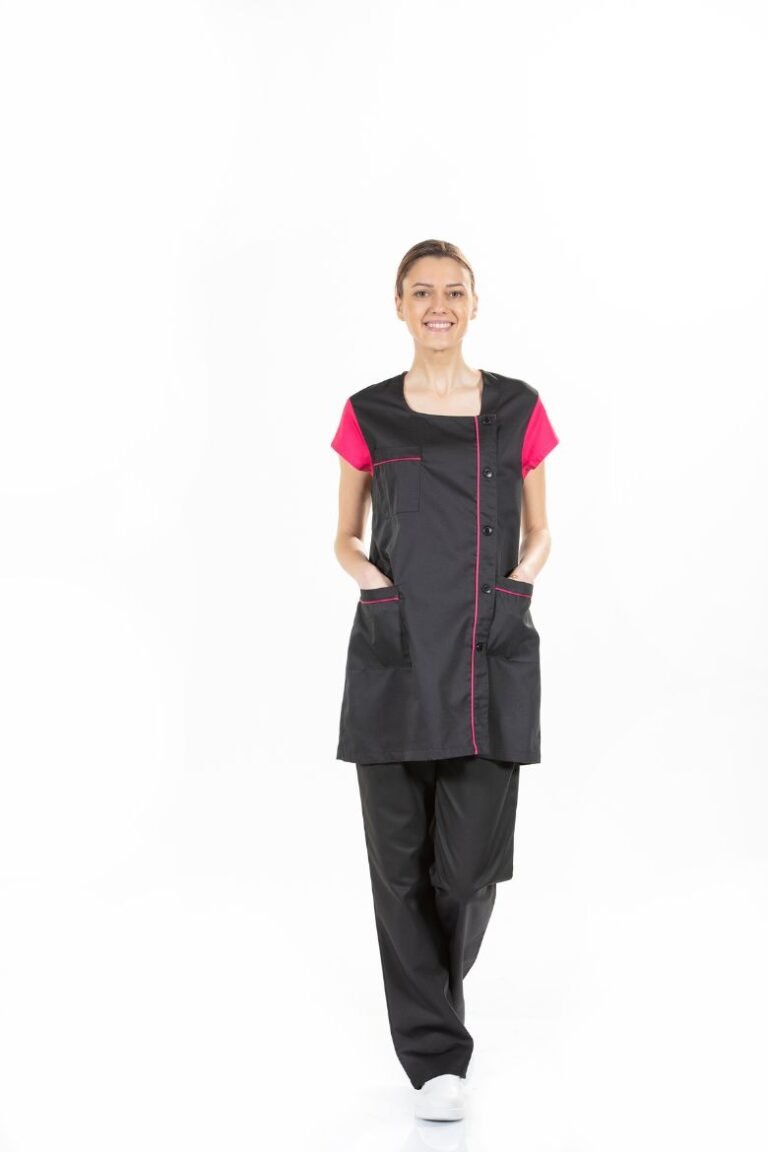
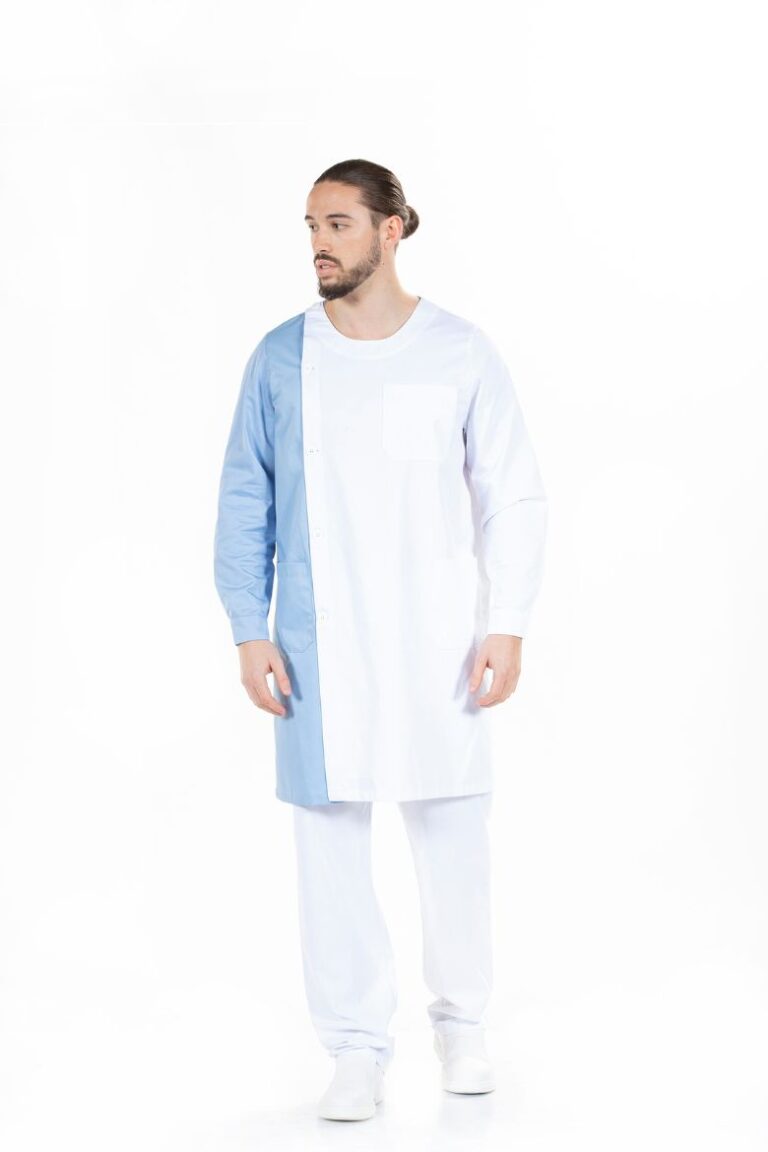
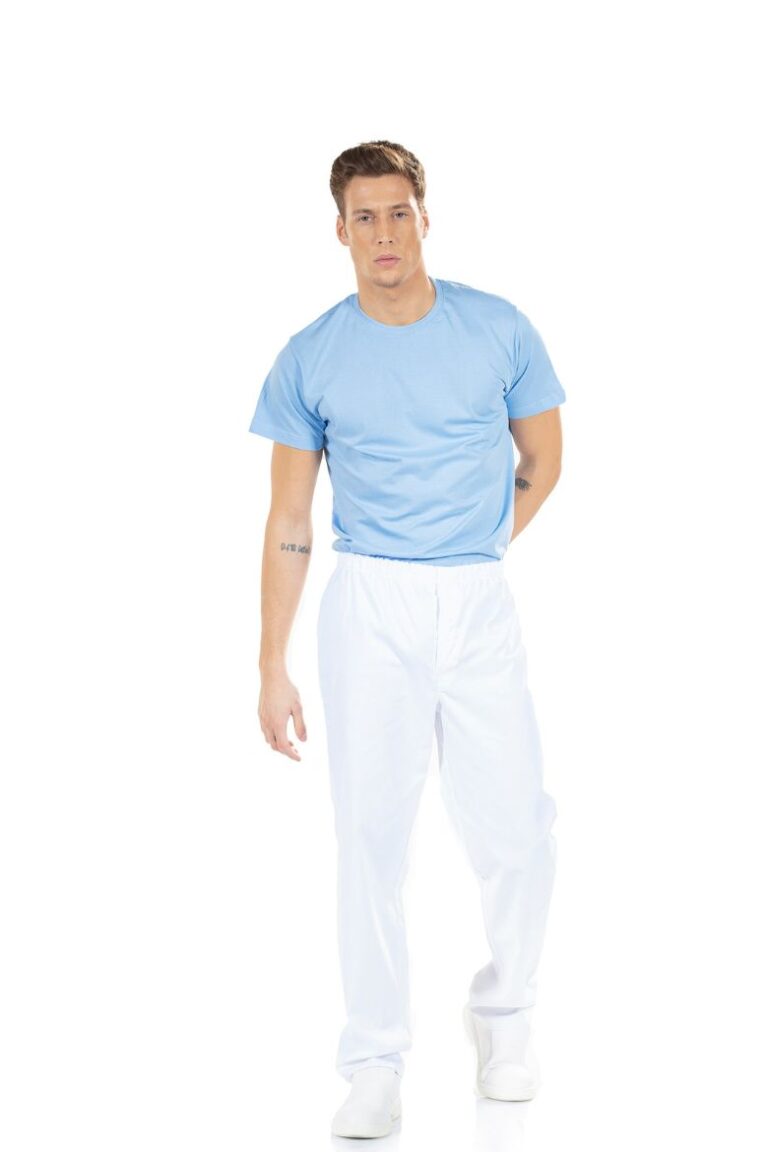
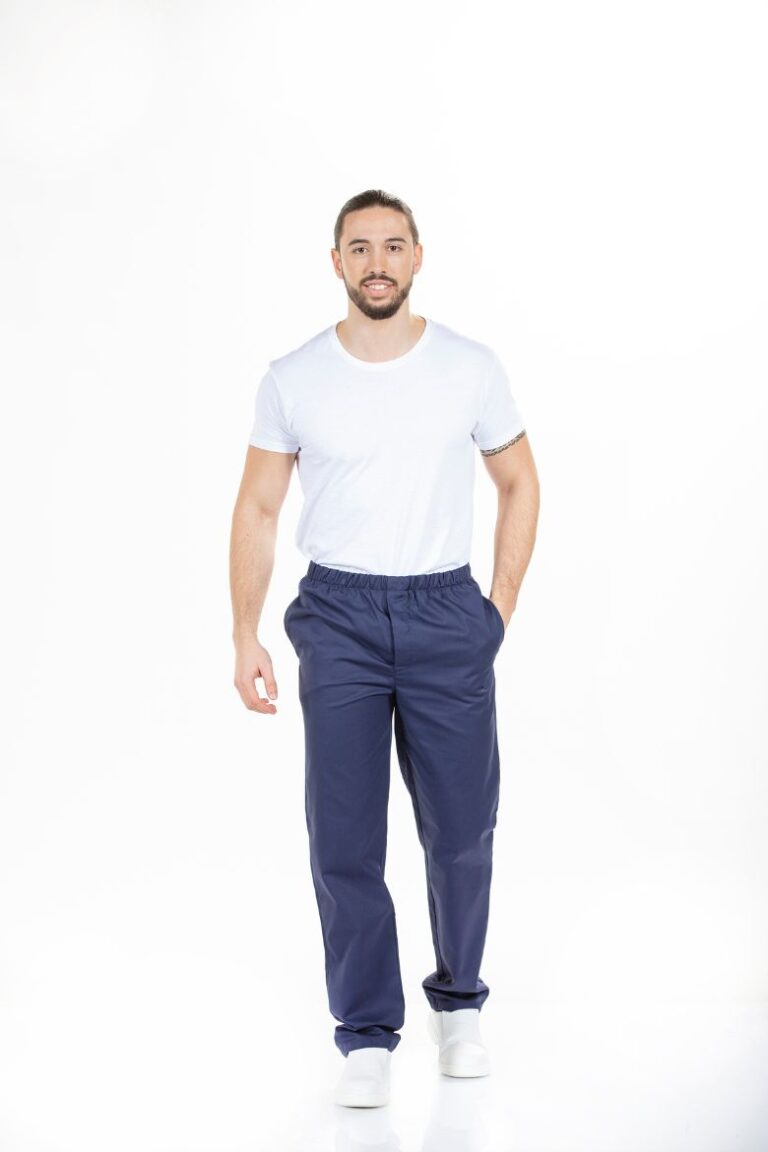
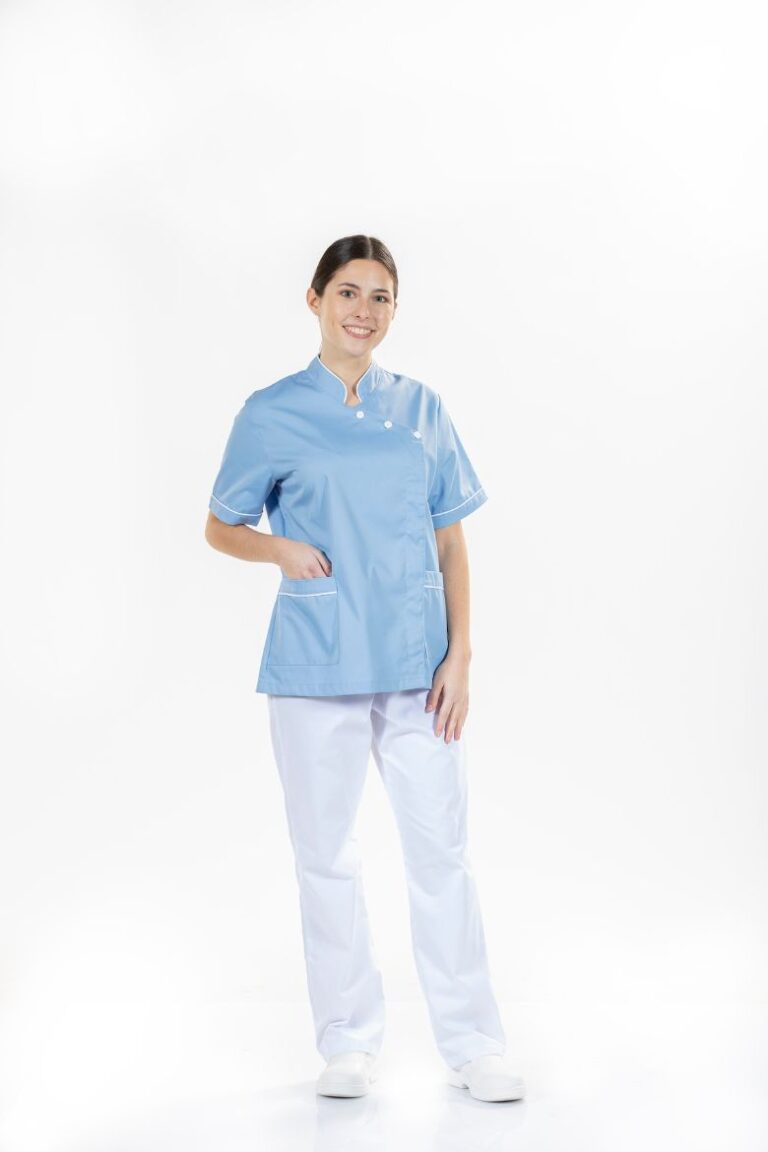
Products with visible prices are those that can be purchased immediately, online, without requiring minimum purchase quantities. This means you can explore our variety of options and purchase exactly what you need, with complete transparency regarding costs and the Professional Apparel model. On the other hand, products without a listed price function as a portfolio of possibilities. These items are highly customizable and can be tailored to each customer's individual specifications. To ensure quality and meet expectations, these products have a minimum order quantity and are subject to a custom quote process.
When selecting uniforms for nursing home professionals, several factors should be considered to ensure the clothing is suitable and meets the needs of the work environment. Here are some important considerations: • Comfort: Uniforms should be comfortable for prolonged wear. It's essential to choose lightweight, breathable fabrics that allow for free movement. Additionally, consider the proper fit of the uniforms to avoid movement restrictions and discomfort during daily activities. • Durability: Uniforms should be made from durable materials resistant to wear and tear. Given the nature of work in a nursing home, which involves frequent movement, patient care, and frequent washing, the uniforms should withstand intensive use without losing their quality. • Ease of Cleaning: The nursing home environment requires a high level of hygiene, so uniforms should be easy to clean. Opt for fabrics that can be washed and dried quickly without losing their properties. Stain resistance and colors that mask light dirt are also important considerations. • Suitability for Roles: Uniforms should be appropriate for the specific roles of the professionals. For example, nurses may need extra pockets for essential items, while personal care assistants might benefit from uniforms with easy closures for assisting residents. Consider the practical and functional needs of each role when choosing uniforms. • Standards and Regulations: Check if there are specific standards and regulations related to clothing in a nursing home. This may include requirements for colors, logos, or specific identifiers. It is important to ensure that uniforms comply with these standards to meet established safety and hygiene requirements. • Identification and Professionalism: Uniforms should allow for easy identification of professionals by residents, their families, and visitors. Consider including identification badges or name tags, as well as using logos or colors associated with the institution. This creates a professional image and builds resident trust. • Team Feedback: Involve the team in the uniform selection process by considering their preferences and needs. Conduct consultations or surveys to gather feedback on the comfort, style, and functionality of the proposed uniforms. This will help ensure that the uniforms meet the expectations and needs of the professionals.
When it comes to working in a nursing home, appropriate clothing plays a crucial role in both patient safety and staff comfort. Uniforms specifically designed for this environment can help identify team members, ensure proper hygiene, and provide functionality for daily tasks. On this page, we will discuss the most suitable workwear for nursing home uniforms, accessories that can enhance professionals’ work and patient safety, as well as the benefits of wearing such clothing.
Suitable Workwear for Nursing Home Uniforms:
Accessories to Enhance Professionals’ Work and Patient Safety in Nursing Home Uniforms:
It is important to follow correct usage guidelines, including regular mask changes and hand hygiene before and after use.
Face Shields or Protective Glasses:
In certain situations, such as when dealing with procedures that may generate splashes or particles, using face shields or protective glasses is recommended. These accessories help protect staff members’ eyes and faces from injuries and exposure to harmful substances. Ensuring the availability of these accessories is essential for the safety of the team.
Advantages of Suitable Workwear for Nursing Homes:
Wearing appropriate nursing home uniforms helps create a professional image and facilitates the identification of staff members by patients, their families, and other team members. This fosters an environment of trust and mutual respect.
Nursing home uniforms are designed to meet the hygiene and safety standards required in a nursing home. Durable, easy-to-clean fabrics ensure personal hygiene and prevent the spread of infections. Additionally, personal protective accessories like gloves and masks contribute to the safety of both professionals and patients.
Appropriate workwear for nursing homes also takes into account the comfort of the professionals, allowing for free movement and facilitating daily tasks. Breathable fabrics and proper cuts help minimize fatigue and increase work efficiency.
Choosing different colors for nursing home workwear can help identify roles and hierarchy within the team. This facilitates communication and coordination of activities, ensuring an efficient workflow.
In the context of a nursing home, suitable workwear is essential for ensuring patient safety and professional comfort. The mentioned items, such as pants, tunics, smocks, non-slip footwear, and accessories like identification badges, gloves, face masks, and face shields, play a crucial role in this field.
Fardamento à sua medida.
Descubra as nossas
soluções.
Fardamento à sua medida.
Descubra as nossas
soluções.
To subscribe, please enter your e-mail address and click on “Subscribe”.
You can stop receiving our communications by clicking on the link in the footer of any of our newsletters.
Para efetuar a sua subscrição, por favor insira o seu e-mail e clique em “Subscrever”.
Poderá parar de receber as nossas comunicações, ao clicar no link para o efeito encontrado nos rodapés de qualquer uma das nossas Newsletters.
UNIFARDAS® supports Espaço T, which is an inclusive organisation, of all and for all, and our common goal is to increase employment opportunities for young people with special needs and/or who, for some reason, have been excluded from the labour market.
We work hard to provide safe working conditions by going beyond the imposed and mandatory minimums.
We support, nurture and offer continuous training programmes aimed at improving skills.
At UNIFARDAS® we keep up to date with the latest technologies and innovations that can optimise our production process making it more efficient and close to zero waste.
UNIFARDAS® is a partner of Espaço T, an inclusive organisation, of all and for all, with the common goal of increasing employment opportunities for young people with special needs and/or who, for some reason, have been excluded from the labour market. In this organisation, immigrants will also find a support network in finding work and housing.
In addition to the sustainable path we have been taking throughout our production and supply chain, UNIFARDAS® participates, supports and organises a beach clean-up every year after the bathing season, in partnership with World Clean-up Day. We are also partners of Seaqual, an entity that, together with some other partners, promotes the collection of ocean waste and its transformation into upcycled marine plastic that will then be used in the production of fabric and other sustainable products.
In addition to the sustainable path we have been taking throughout our production and supply chain, UNIFARDAS® participates, supports and organises a beach clean-up every year after the bathing season, in partnership with World Clean-up Day. We are also partners of Seaqual, an entity that, together with some other partners, promotes the collection of ocean waste and its transformation into upcycled marine plastic that will then be used in the production of fabric and other sustainable products.